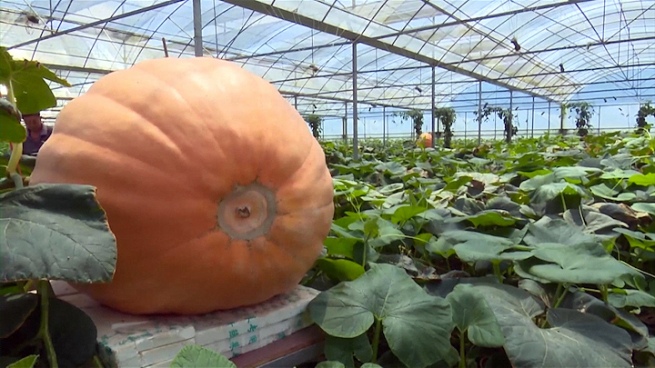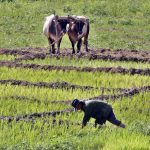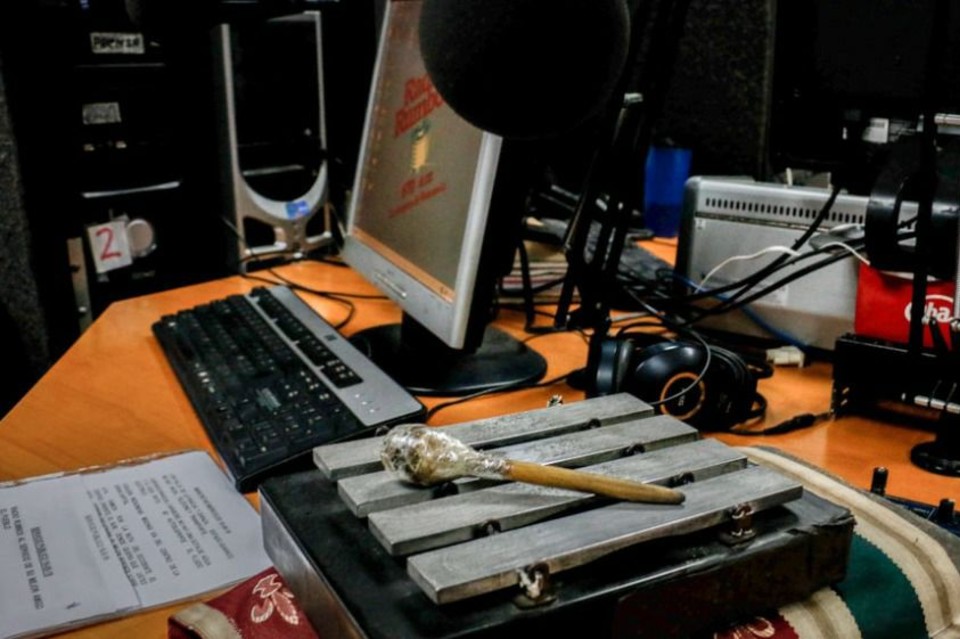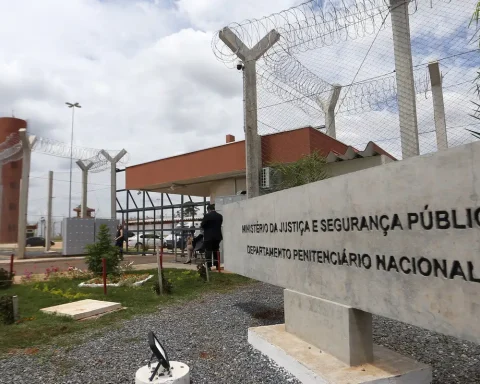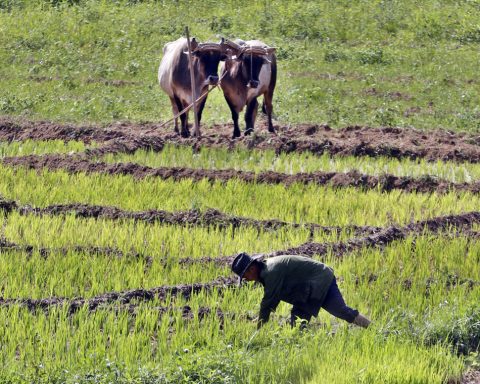20% of agricultural holdings (EAP) in Argentina are managed by women producers who, at the same time, concentrate their participation in smaller surfaces -up to five hectares-, according to data published this Saturday by the Indec in the framework of the International Day of Rural Women.
The National Institute of Statistics and Censuses (Indec) published the statistical dossier “Argentine agricultural women”, whose main objective is to expand the information obtained in the National Agricultural Census 2018 (CNA-18), from a gender perspective that allows visibility of the situation of women in the agricultural sector, at the national level and by province.
The National Agricultural Census identified a total of 249,663 agricultural holdings (EAP) with a total area of 154,811,827 hectares, and of the total EAP, 210,664 were legal persons (84%) with an area of 84,358,935 hectares.
Of these 210,664 EAPs managed by human beings, 20% were directed by women producers, that is, 43,108 farms, and in the case of men this number is almost four times higher with 163,709 EAPs, 78% of the total. In 3,847 sex was not discriminated.
Today we celebrate the #InternationalRuralWomensDay ??
The Northwest, Northeast and Patagonia were the regions of Argentina with the highest participation of women producers.
Find out more in https://t.co/YFeKuQtrcr pic.twitter.com/0y34jRaTan
— INDEC Argentina (@INDECArgentina) October 15, 2022
Another characteristic of the participation of rural women in agricultural and forestry production is that they are concentrated in smaller farms: 22% managed EAP of up to five hectares, while only 0.5% managed EAP of more than 10,000 hectares.
In addition, of the 43,108 EAP managed by women, 83.6% were farms with defined limits and mixed, and the remaining 16.4% had no defined limit. The former are made up of 52,727 parcels with an area of 13,470,814 hectares, that is, the equivalent in area to the extension of the province of Santiago del Estero.
Regarding the type of domain, of the 13,470,814 hectares managed by women, 12,273,145 (91%) were private domain; 806,796 (6%) of fiscal domain; and 390,872 (3%) were not discriminated against.
In this framework, almost 80% of privately owned EAPs managed by women were owned by them, 8% leased and 6% in undivided succession.
In turn, the Census identified a greater participation of women producers in the Northwest, Northeast and part of Patagonia regions.

Women with permanent employment
On the other hand, regarding the distribution of women with permanent employment in agricultural operations, it was found that more than half of the employed women (53%) were located in four provinces: Buenos Aires (24%), Misiones ( 11%), Córdoba (10%) and Santa Fe (9%).
Among the main occupations were those of General laborers (29.6%), Managers (12.7%), Stockbrokers (8.3%), Professionals and technicians (3.8%), Operators of dairy facilities (2 .2%), Machinery operators (1%), Other agricultural occupations (19.6%) and Non-agricultural occupations (17.3%).
Regarding the profile of the agricultural producers, more than half (52%) of the rural women were in the age range of 40 to 64 years, 50% reached the primary educational level and 4% received education with an agricultural orientation.
Of all the farms managed by women, 97.3% were Argentine, 1.8% were from neighboring countries and 0.8% were born in other countries.
Organic agriculture
On the other hand, the report shows the participation of women in organic, biodynamic and agroecological farming practices. Of a total of 2,536 EAPs that carried out organic farming practices, 19% were managed by women producers (483 EAPs).
Meanwhile, of the 2,309 EAPs that carried out agroecological practices, 18% were managed by women producers (406 EAPs) and of the 408 EAPs that carried out biodynamic farming practices, 63 were managed by women (15%).
Likewise, the dossier reveals the existence of livestock species in the agricultural exploitations of the producers. Of 43,108 EAP managed by women, 21,346 EAP (50%) had cattle; 12,253 farms with equines (28%); 8,360 (19%), sheep; 8,273 (19%), goats; 7,122 pigs (17%) and 1,617 EAP (4%) llamas.
On the other hand, the participation of women producers in the management of agricultural holdings stands out mainly in the provinces of Jujuy (42%), Santiago del Estero (29%), Salta and Tierra del Fuego (28% respectively) and Catamarca. (2. 3%).
